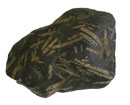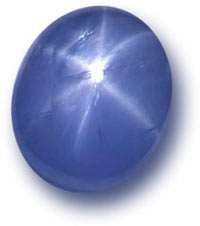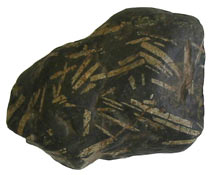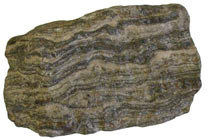  Rocks and Minerals Rocks and Minerals
Enjoy our wide range of fun facts and information about different types of rocks and minerals for kids. Learn what rocks and minerals are, what the difference is, examples of rocks and minerals, the difference between igneous, sedimentary and metamorphic rocks, Mohs scale of hardness and much more. Read on and have fun finding out about rocks and minerals. | | |
Minerals Minerals are naturally occurring substances formed by geological processes. They are usually solid and feature a crystal structure as well as specific physical properties and chemical composition. Physical properties of minerals include crystal structure, hardness (Mohs scale), lustre (how it reflects light) and color, as well as more complicated properties such as streak, fracture, cleavage and density. Mohs scale of hardness measures the ability of minerals to scratch each other. Talc is very soft and is listed as 1, diamond is very hard and is measured as 10. A mineral is sometimes made up of just one chemical element but more often it is a compound (mixture) of two or more. For example, diamond is made up of just carbon, while fluorite is made up of a compound of calcium and fluorine. There are over 4000 different types of minerals. Only around 30 of these are commonly found in the Earth's crust. Examples of minerals include calcite, gypsum, feldspar, pyrite, gold, quartz and diamond. The precious gems ruby and sapphire are varieties of the mineral corundum.
Rocks Rocks and stones are naturally occurring solids made up of minerals. The Earth's crust is made up of rock. Rocks have been used by humans for millions of years, from early tools and weapons through to various construction materials. There are three different types of rocks based on the way they form, igneous, sedimentary and metamorphic. When magma cools and solidifies it forms igneous rock. Examples of igneous rocks include granite, basalt, gabbro, obsidian and pumice. More igneous rock facts. Sediment deposited over time, often as layers at the bottom of lakes and oceans, forms sedimentary rocks. Examples of sedimentary rocks include sandstone, mudstone, flint, greywacke and chalk. More sedimentary rock facts. Extreme pressure and heat over time forms metamorphic rocks. Examples of metamorphic rocks include marble, quartzite, schist, granulite and slate. More metamorphic rock facts.
The metamorphic rock marble is formed from the sedimentary rock limestone. The metamorphic rock granulite is formed from the igneous rock basalt.
| 




|
|